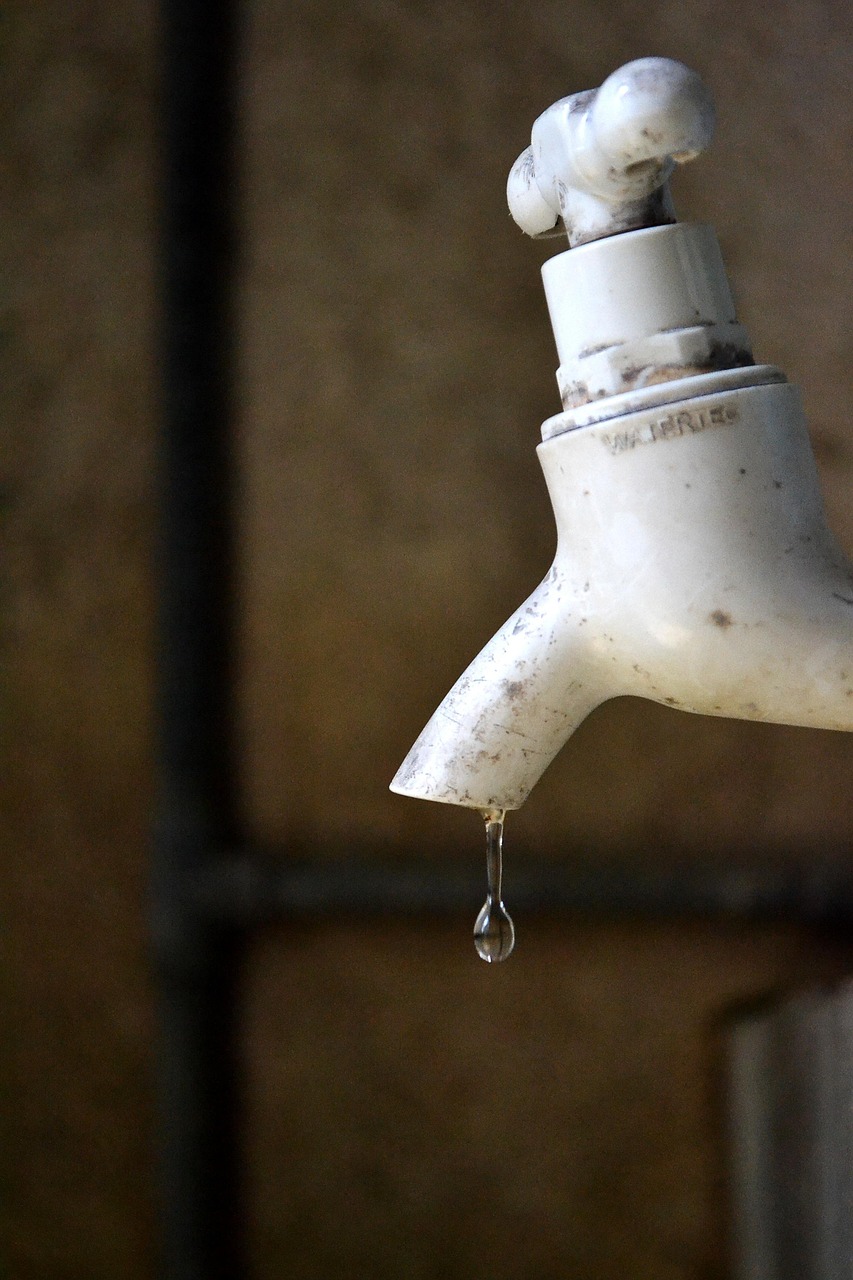
With the freezing temperatures, please take steps to keep your pipes from freezing.
To prevent pipes from freezing, you should: insulate exposed pipes with pipe insulation, keep your thermostat set to a consistent temperature above 55°F during cold weather, open cabinet doors under sinks where pipes run to allow warm air circulation, and let a faucet trickle cold water, especially if pipes are located near exterior walls; additionally, disconnect outdoor hoses and drain any water from outside faucets before freezing temperatures arrive.
Key points to remember:
-
Insulate pipes:
Wrap exposed pipes, particularly those in unheated areas like basements, garages, or crawl spaces, with pipe insulation to prevent heat loss.
-
Maintain consistent indoor temperature:
Keep your thermostat set to a temperature above 55°F even at night to maintain warmth around pipes.
-
Open cabinet doors:
Open cabinet doors under sinks to allow warmer air to circulate around pipes.
-
Let faucets drip:
During cold weather, let a faucet trickle cold water to keep water moving through the pipes and prevent freezing.
-
Address outdoor faucets:
Disconnect garden hoses and drain water from outside faucets before freezing temperatures hit.
-
Seal drafts:
Check for and seal any cracks or gaps around windows and doors to prevent cold air from entering your home.
-
Consider heat tape:
For particularly vulnerable pipes, use heat tape or a thermostatically controlled heating cable to provide additional warmth.
What to do if you suspect a frozen pipe:
- Locate the main water shut-off valve: Know where your main water shut-off valve is located and turn it off immediately if you suspect a frozen pipe.
- Apply heat gradually: Use a hair dryer or a heating pad on low to slowly thaw the frozen section of the pipe.
-
Call a plumber: If you are unable to thaw the pipe safely, contact a professional plumber.
(Source: Google's Generative AI)